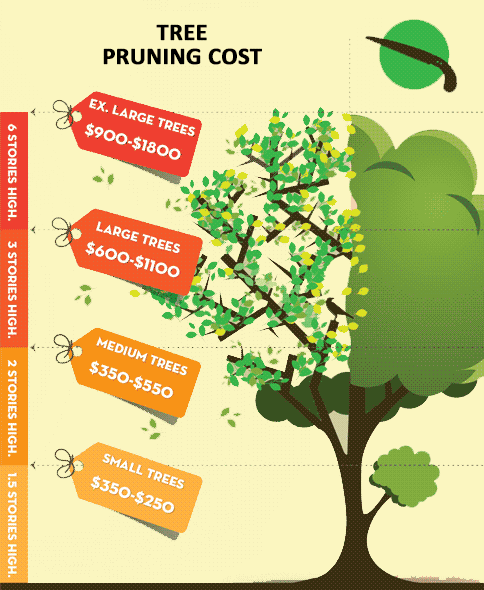Indicators That Tree Elimination Is Required: Recognizing Dangerous Trees
Indicators That Tree Elimination Is Required: Recognizing Dangerous Trees
Blog Article
Short Article Composed By-Vogel Skovsgaard
When it involves tree treatment, recognizing the indicators that it's time for elimination is important for your safety and security and home. You might see discolored fallen leaves, wilting branches, or strange fungal developments showing illness. Structural concerns, like a significant lean or fractures in the trunk, can additionally present risks. Comprehending these indication can aid you make notified choices concerning your trees and prevent possible dangers hiding in your lawn. What should you seek next?
Indicators of Decay and Illness
When you see indicators of degeneration and condition in your trees, it's vital to act swiftly. Search for tarnished fallen leaves, wilting branches, or uncommon developments like fungi. These can show that your tree is battling.
If you see fractures in the bark or soft, mushy timber, these signs recommend interior degeneration. Furthermore, https://jarednhbvp.eedblog.com/35380238/crucial-guide-to-tree-stump-removal-strategies-and-tips-for-a-clean-landscape in parasites around your tree can indicate that it's damaged and susceptible.
Check for any type of dead or dying arm or legs, as they present a risk to your residential or commercial property and security. If you doubt about what you see, seeking advice from an arborist can provide quality.
Resolving these signs early can conserve you from more extensive damages and make sure the health and wellness of your backyard. Do not wait till it's far too late.
Structural Instability and Leaning
As you observe your trees, watch out for any indicators of structural instability or leaning. If a tree leans dramatically, it might show that the origin system is endangered.
Look for https://www.oregonlive.com/hg/2020/10/ask-an-expert-tips-for-deep-watering-drought-stressed-trees.html in the trunk or soil around the base; these can signal prospective failure. Additionally, look for uncommon growth patterns, like an unbalanced crown, which may recommend that the tree is struggling to hold itself upright.
If you notice that the tree leans toward your home, high-voltage line, or various other frameworks, it positions a greater risk. Don't disregard these signs-- seek advice from an arborist to evaluate the situation.
Taking action early can protect against costly damages and guarantee your safety.
Dead or Perishing Branches and Vegetation
If you notice dead or passing away branches and foliage on your tree, it's a clear sign that something's wrong.
These undesirable locations can show underlying issues like disease, insect problems, or environmental stress. When branches lose their fallen leaves or turn brown, they're no more adding to the tree's health. Neglecting these indicators could bring about additional decline, making your tree more unsafe.
Dead branches can quickly break short throughout tornados, positioning a risk to home and individuals nearby. It's vital to evaluate the degree of the damage.
If the issue affects a significant part of the tree, consider getting in touch with an expert. They can assist determine if elimination is necessary to ensure security and keep the beauty of your landscape.
Conclusion
If you see any type of indications of degeneration, architectural instability, or dead branches on your trees, don't overlook them. These indications can pose significant security risks to you and your home. When To Prune Fruit Trees 's constantly best to speak with a professional arborist that can give an expert analysis of your trees. Acting early can avoid mishaps and pricey damages, ensuring your landscape stays risk-free and healthy and balanced. Bear in mind, it's far better to be positive concerning tree treatment than to wait for a catastrophe to occur.
